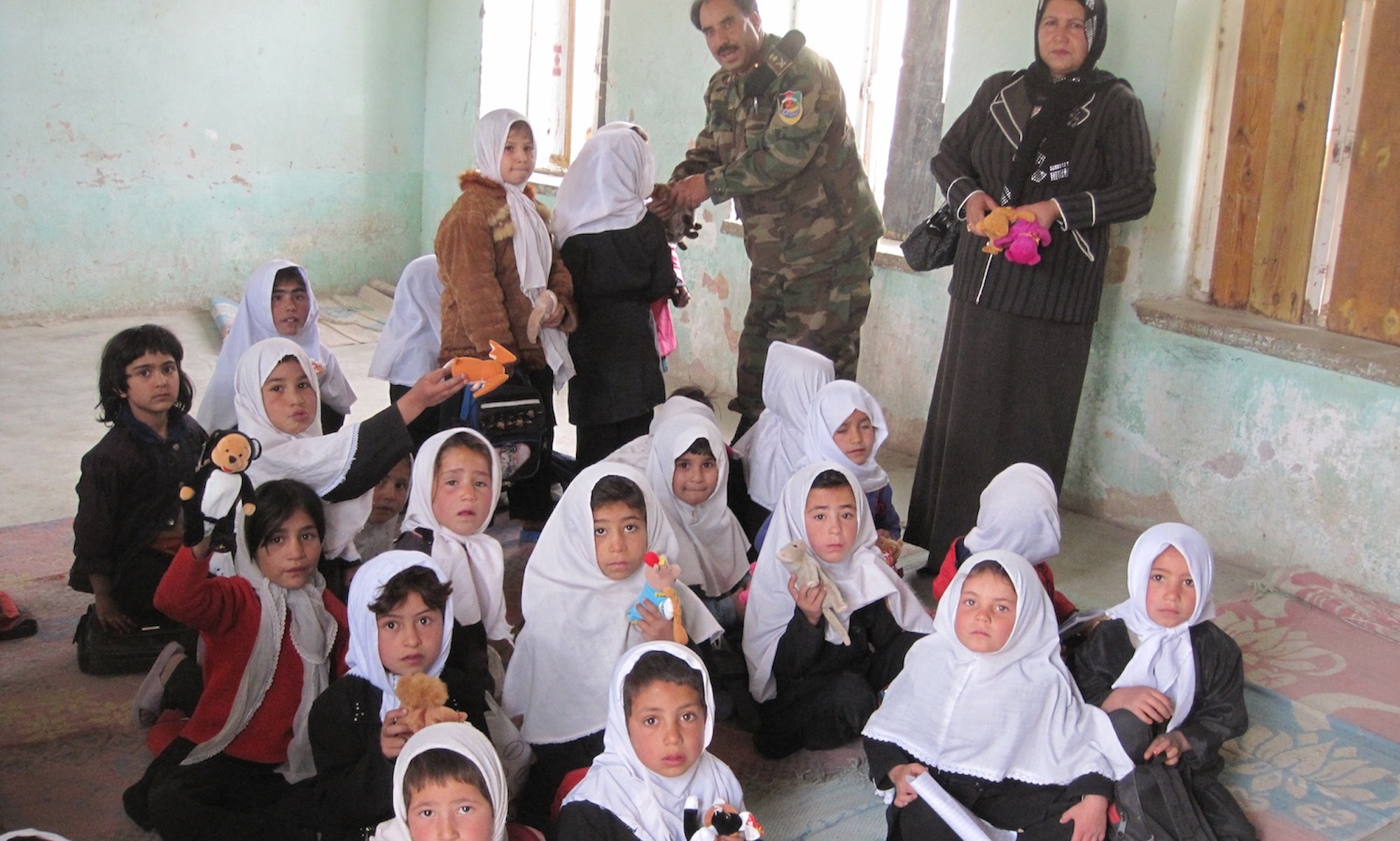That statebuilding entails violence and dispossession, even in its contemporary form, is illustrated by the case of the Democratic Republic of Congo. The question this begs is not whether resistance exists but rather where and how it operates. Following James Scott, the article shows that resistance takes place as a quotidian strategy of mitigation, avoidance and escapism for which civil society acts as a platform. Highlighting civil society’s ambiguity and heterogeneity, the article conceives of it as a site of resistance and analyses three strategies that are channelled through it: the deployment of counter-discourses, the use of violence and the production of the social fabric.

INSCT Postconflict Research Database
The Institute for National Security and Counterterrorism's Postconflict Research Database & Analysis Project stores cross-indexed bibliographic information on hundreds of journal articles, books, book chapters, and case reports that address the broad, interdisciplinary fields of postconflict reconstruction, stabilization, and peacebuilding.